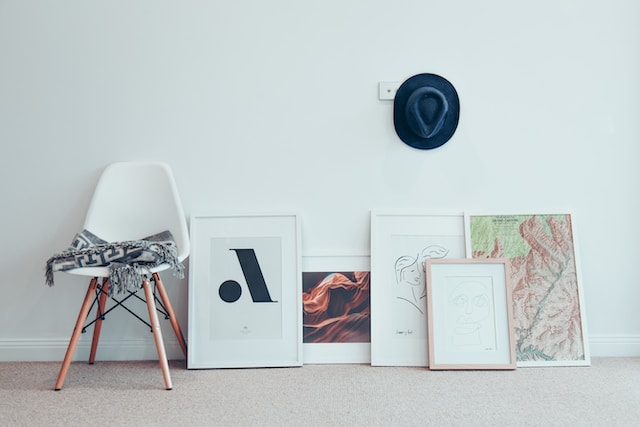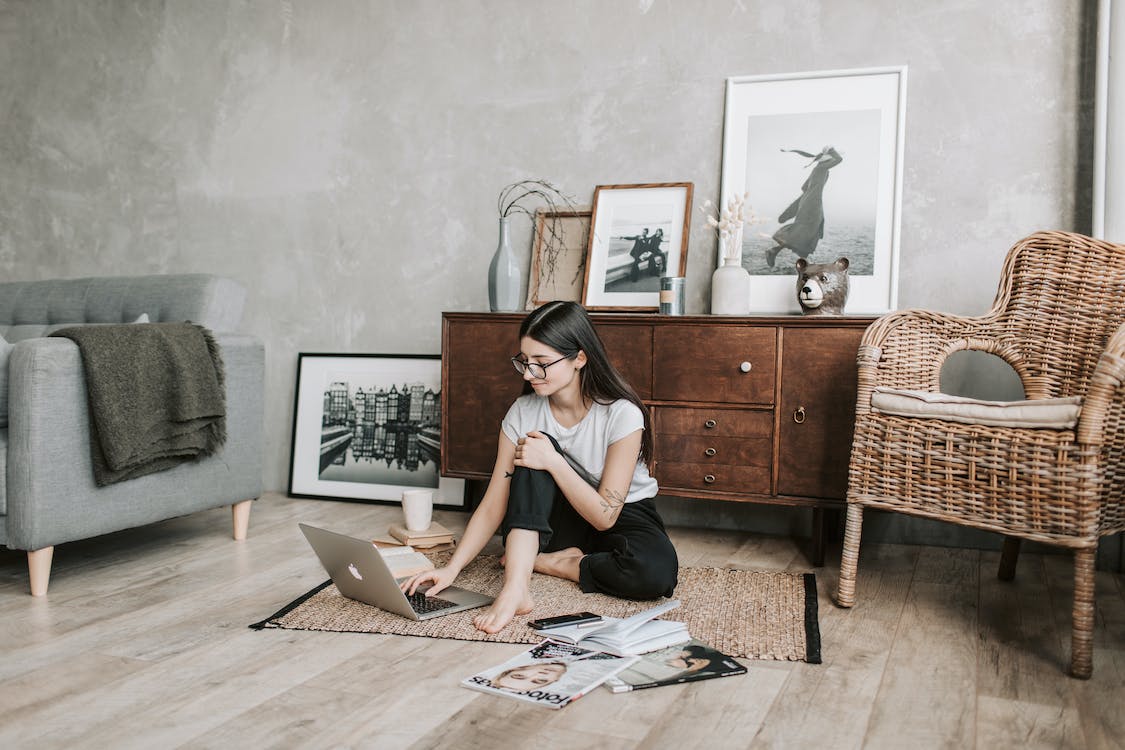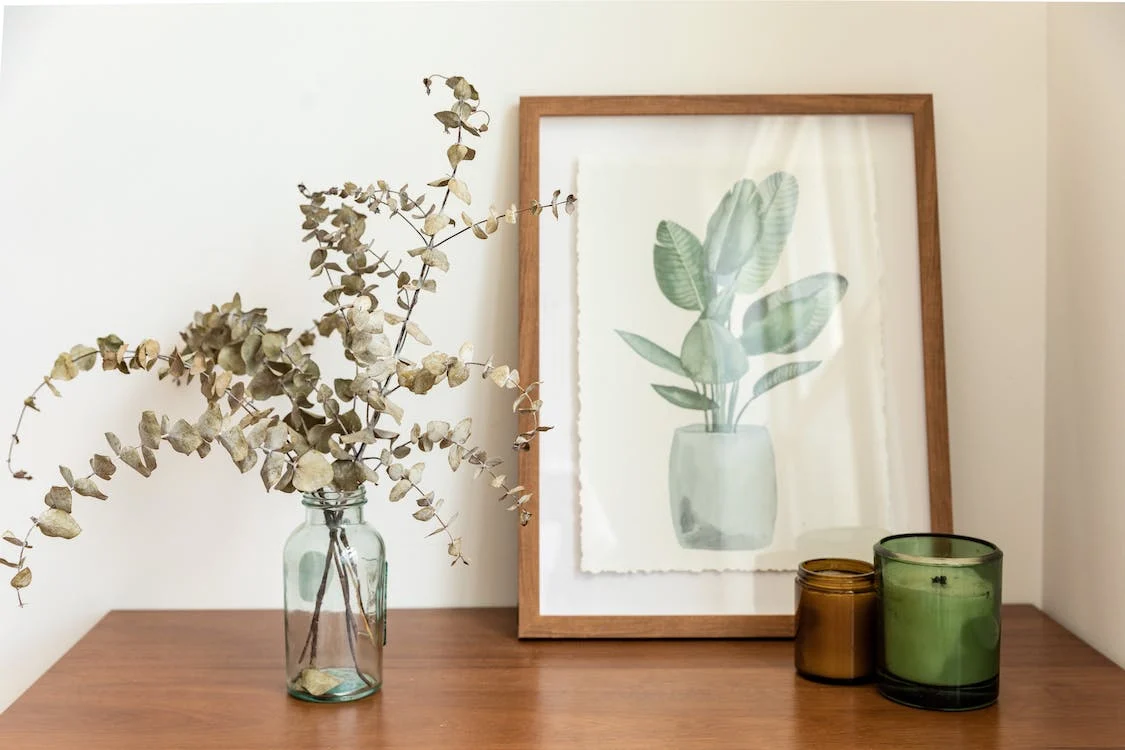Unlock Harmony: Expert Tips for Artwork and Furniture Pairing
The art of choosing the perfect painting for your living space is a multifaceted task. It requires a delicate balance between personal preferences, the style of your furniture and decor, and an understanding of how colours and compositions interact. While it may seem like a daunting task, this article will guide you through the process of selecting paintings that seamlessly harmonise with your interior design. We’ll begin with the first essential aspect:
Matching Colours Wisely
Colour plays a pivotal role in creating a harmonious living space. When selecting a painting, aim to find colours that either complement or contrast with your furniture and decor. Harmonious colour schemes often feature analogous or complementary colours. Analogous colours, like blue and green, create a soothing, unified atmosphere. Complementary colours, such as blue and orange, bring vibrancy and contrast.
For example, if your living room boasts a neutral colour palette with beige and grey furniture, consider a painting with soft blues, greens, or earthy tones to add a touch of serenity and balance. Conversely, if your decor already features bold colours, a neutral or monochromatic painting can provide a calming counterpoint.


Consider the Style
The style of the painting should align with the overall aesthetic of your space. A traditional, ornate painting may look out of place in a modern, minimalist setting, just as a contemporary abstract piece may seem discordant in a rustic, country-inspired room.
When selecting a painting, think about the style elements it embodies. Does it evoke a sense of nostalgia, sophistication, or adventure? Ensure that these style cues are in sync with your furniture and decor.
Proportion and Scale Matter
The size of the painting should harmonise with the scale of your furniture and the wall it’s placed on. A small painting can get lost on a large, empty wall, while an oversized painting might overwhelm a smaller space.
To find the right balance, measure the wall space and your furniture, considering the painting’s dimensions in relation to both. A general rule of thumb is that the painting’s width should be roughly two-thirds the width of the furniture below it, creating a visually pleasing composition.


Don’t Forget About Mood
Art has the power to set the mood in a room. Consider the emotional impact you want to achieve in a particular space. Do you want it to be a calming retreat, an inspiring workspace, or an energetic gathering place?
For a tranquil atmosphere, landscapes, abstract art, and soft, muted colours can be excellent choices. Vibrant, bold paintings can add excitement and energy to a room, making it perfect for social gatherings or creative spaces.
Personal Connection
Art should resonate with you on a personal level. It’s not just about fitting in with your decor; it’s about evoking emotion and sparking conversation. When browsing for paintings, trust your instincts and choose pieces that speak to you.
Whether it’s a painting that reminds you of a special memory, one that resonates with your values, or simply one that you find visually captivating, a personal connection with the art will ensure it feels right in your space.


Mix and Match
While it’s essential to maintain harmony in your decor, you shouldn’t shy away from mixing and matching styles or art mediums. Eclectic interiors that blend different styles, eras, and art forms can be incredibly captivating.
Experiment with incorporating various art forms, such as sculptures, photography, and textiles, alongside paintings. This dynamic combination can infuse your space with character and make it unique.
Test It Out
Before making a final decision, it’s a good idea to visualise the potential artwork in your space. You can do this by creating mock-ups or using augmented reality apps that allow you to superimpose paintings onto your walls. This will give you a sense of how the painting will interact with your decor and whether it fits your vision.


Framing Matters
The choice of frame can significantly impact how a painting interacts with your furniture and decor. The frame should complement both the painting and your interior design. For a modern, sleek look, consider simple, minimalist frames. Ornate, vintage frames work well in traditional or classic settings. Additionally, the colour of the frame should coordinate with the overall colour scheme of the room. This small detail can help tie everything together.
Conclusion
Selecting the right painting to harmonise with your furniture and decor is a captivating journey that requires a delicate balance of aesthetics, personal preference, and design principles. By considering colour, style, proportion, mood, your personal connection to the artwork, and framing choices, you can ensure that the painting you choose transforms your living space into a work of art in its own right. So, take your time, explore your options, and let your home become a canvas for your personal expression and creativity.













